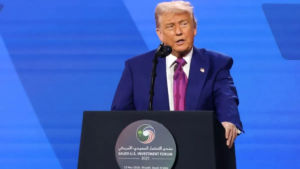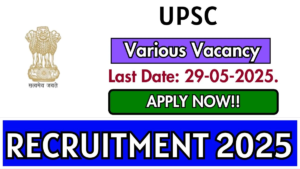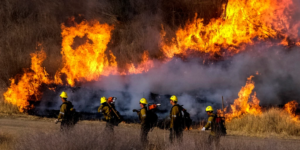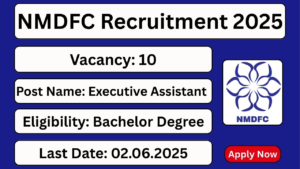The Stalled Iran Nuclear Deal: A Complex Diplomatic Puzzle
The JCPOA: A Brief Overview
The Joint Comprehensive Plan of Action (JCPOA), commonly known as the Iran nuclear deal, was signed in 2015 to address Iran’s nuclear program. The agreement aimed to curb Iran’s nuclear activities in exchange for lifting economic sanctions. However, the deal has faced numerous challenges, and negotiations to revive it remain stalled.

Key Obstacles to Reviving the Deal
Two primary obstacles hinder the revival of the JCPOA:
- Nuclear Restrictions: The US and Iran disagree on the extent of nuclear restrictions. The US demands strict compliance with the original terms, while Iran seeks a lifting of all sanctions imposed since the Trump administration’s withdrawal.
- Regional Activities: The US accuses Iran of supporting militant groups in the Middle East. Iran denies these allegations. The US insists on addressing these concerns before rejoining the JCPOA.
Political Climate and Challenges
The political landscapes in both the US and Iran have made negotiations difficult. In the US, the Biden administration’s desire to revive the deal faces opposition from hardline Republicans. In Iran, the hardline faction of the government has gained influence, hindering concessions from negotiators.
Implications for Regional and Global Security
The stalled Iran nuclear deal has significant implications for regional and global security. A failure to revive it could lead to a nuclear arms race in the Middle East and increased tensions. Conversely, a successful revival could stabilize the region and reduce the risk of nuclear proliferation.
The Uncertain Future
The future of the Iran nuclear deal remains uncertain. While there is a possibility of overcoming differences and reaching a new agreement, the challenges are substantial. The stakes are high, and the world is closely watching the developments.










